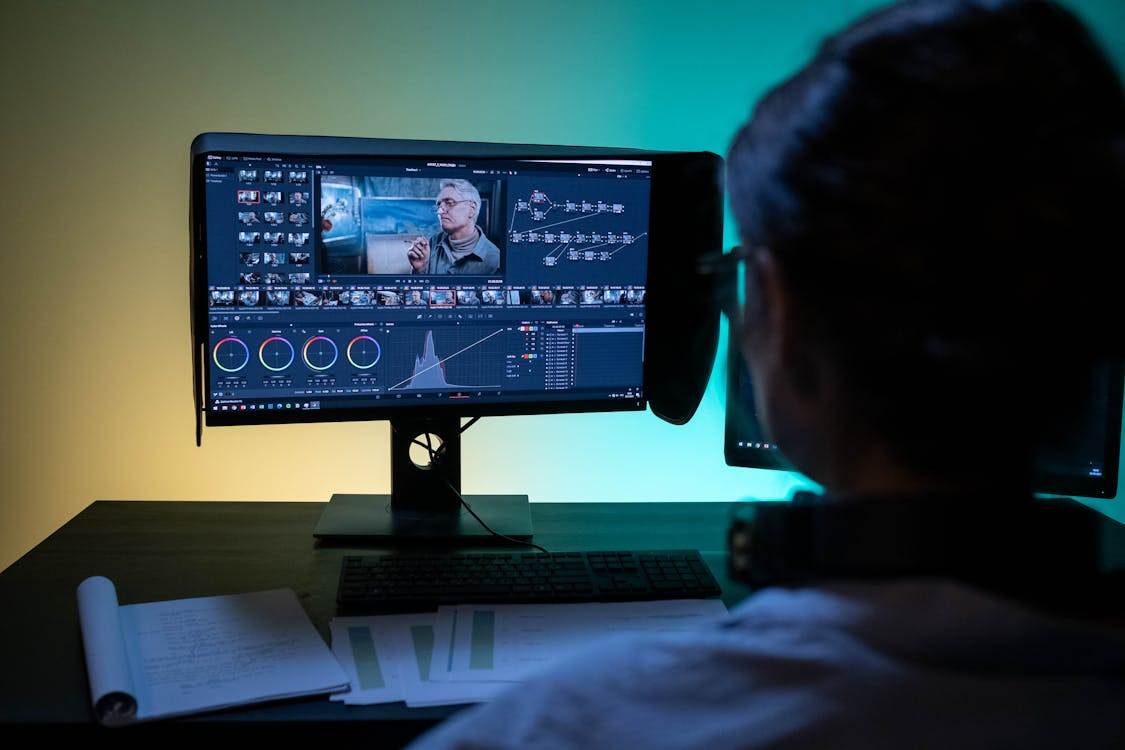In the global marketplace, where a single show or product can reach audiences across 195 countries, the difference between a hit and a flop often lies in a few carefully chosen words. When Netflix launched La Casa de Papel globally, its original Spanish title "The House of Paper" (English translation) failed to spark interest in test markets. It wasn’t until the streamer ran A/B tests comparing 17 different translations that Money Heist emerged as the winner—boosting click-through rates by 23% and becoming one of the platform’s most-watched non-English series. This isn’t just luck; it’s the power of A/B testing applied to localization.
Localization, the art of adapting content for specific cultures, has long relied on the intuition of translators and marketers. But in an era where every click and view is measurable, gut feeling is no longer enough. A/B testing—systematically comparing two versions of a translation to see which performs better—offers a scientific alternative, turning subjective choices into data-driven decisions. For entertainment and marketing professionals, this means moving beyond "What sounds good?" to "What actually drives action?"
The Science Behind Translation A/B Testing
At its core, translation A/B testing works like any controlled experiment: take a core piece of content (a show title, ad tagline, or product description), create two or more localized versions, and expose each to a random subset of your target audience. By measuring how each group responds, you isolate which translation resonates most strongly.
Consider the case of a French thriller being distributed in Japan. The original title, Le Silence des Innocents, could translate literally as 無実者の沈黙 (Mujitsusha no Chinmoku) or take a more evocative turn: 闇の中の証言 (Yami no Naka no Shōgen, "Testimony in the Dark"). A/B testing would show whether Japanese audiences prefer literal accuracy or emotional resonance—data no translator’s intuition alone could reliably provide.
Designing Effective Translation A/B Tests
The key to meaningful results lies in rigorous design. Start by identifying your variable: is it the title, a tagline, or a key phrase in the synopsis? For example, when testing a movie tagline, Version A might emphasize action ("Fight for survival") while Version B highlights emotion ("Love against all odds"). All other elements—imagery, release timing, platform placement—must remain identical to ensure the difference in performance stems from the translation itself.
Sample size matters. A test with 500 viewers might show Version A performing better, but this could be due to chance. Industry standards suggest a minimum of 10,000 participants for statistical significance, though this varies by market size. Streaming giants like Disney+ often test with 1% of their regional user base—enough to capture nuance without alienating potential fans.
Duration is another critical factor. Testing a holiday movie tagline in July would yield skewed results, as audience mindsets shift with seasons. Most translation tests run 7–14 days, balancing the need for timely decisions with the need to account for daily fluctuations in user behavior.
Metrics That Matter
Not all data points are created equal. While click-through rate (CTR) is a common starting point—measuring how many users click after seeing a title—it doesn’t tell the full story. A catchy but misleading title might drive high CTR but low watch time, as viewers quickly lose interest.
Deeper metrics reveal true engagement:
Conversion rate: The percentage of users who start watching after clicking.
Drop-off rate: Where in the first 5 minutes viewers stop watching (often influenced by whether the title aligns with content).
Social sharing: How often the title is mentioned or shared, indicating organic appeal.
Retention: Whether viewers return for subsequent episodes, a sign the translation sets accurate expectations.
In 2022, Amazon Prime tested two translations for a Korean drama: Snowdrop (literal) and Secrets in the Snow (interpretive). While Snowdrop had a 3% higher CTR, Secrets in the Snow saw 18% higher retention, suggesting it better prepared viewers for the show’s mystery elements. The platform ultimately chose the latter for key markets.
Avoiding Common Pitfalls
One frequent misstep is testing too many variables at once. A test comparing three titles and two synopses can’t isolate which element drove results. Stick to one variable per test to maintain clarity.
Cultural context also demands caution. A/B testing can quantify performance, but it can’t replace cultural literacy. A translation might test well numerically but carry unintended connotations—like a snack brand that once used a tagline translating to "tastes like death" in rural India, despite strong test results in urban areas. Combining data with local expertise avoids such blunders.
Finally, avoid over-reliance on short-term metrics. A title that performs poorly in week one might grow on audiences, as seen with The Crown—initially criticized as "stuffy" in some markets but now a global phenomenon. Many platforms run follow-up tests 30 days after launch to capture long-term engagement.
The Future: AI and Adaptive Localization
Advances in AI are making translation A/B testing more accessible. Tools like Lokalise and Smartling now integrate A/B testing features, letting teams automate variable creation and analyze results in real time. Machine learning models can even predict which translations are likely to perform well, reducing the number of tests needed.
Some platforms are taking this a step further with adaptive localization—using real-time data to tweak translations mid-campaign. For example, if a tagline performs poorly in Quebec but well in France, algorithms can adjust phrasing to better suit Canadian French nuances without pausing the campaign.
Conclusion
In a world where content travels faster than ever, translation is no longer a one-and-done task—it’s a conversation with audiences. A/B testing turns that conversation into a dialogue, letting data guide choices that feel both locally relevant and globally compelling. Whether you’re launching a Netflix series or a new app, the question isn’t just "What should we call it?" but "What do our audiences respond to?" With A/B testing, the answer is no longer a guess—it’s a fact.











